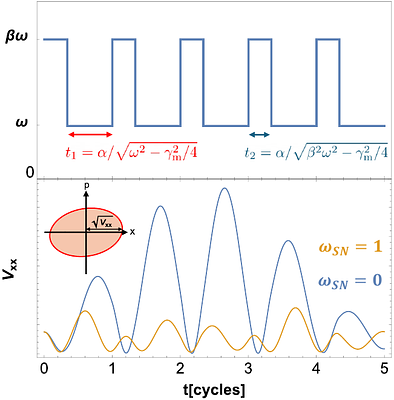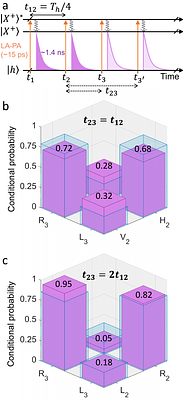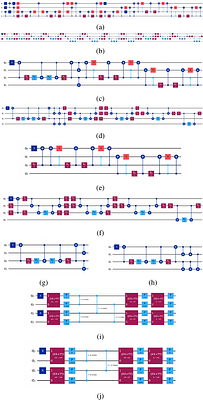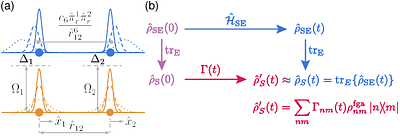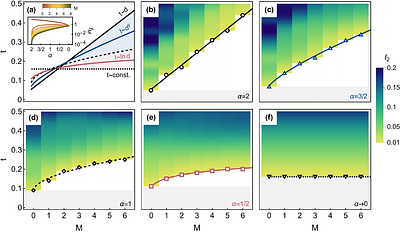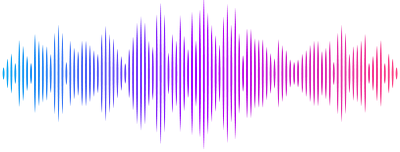Quantum field simulators provide unique opportunities for investigating the dynamics of quantum fields through tabletop experiments. A primary drawback of standard encoding schemes is their rigidity: altering the theory, its coupling geometry, metric structure, or simulation time typically requires redesigning the experimental setup, which imposes strong constraints on the types of dynamics and theories that can be simulated. Here, we introdu...
moreQuantum field simulators provide unique opportunities for investigating the dynamics of quantum fields through tabletop experiments. A primary drawback of standard encoding schemes is their rigidity: altering the theory, its coupling geometry, metric structure, or simulation time typically requires redesigning the experimental setup, which imposes strong constraints on the types of dynamics and theories that can be simulated. Here, we introduce the Optical Time Algorithm (OTA) as a unifying framework, enabling the efficient simulation of large classes of free quantum field dynamics using a single optical circuit design that separates the time from the Hamiltonian's structure. By modifying the parameters of the optical elements, our method allows us to engineer timescales, coupling graphs, spacetime metrics, and boundary conditions, thereby facilitating the implementation of relativistic and non-relativistic, real- and complex-valued, short- and long-range quantum field theories on both flat and curved spacetimes. We exploit the OTA's configurability to investigate the spreading of quantum correlations in space and time for theories with continuously varying coupling ranges. Relevant features predicted by quantum field theory can be observed on systems of $10-20$ modes, which paves the ground for experimental implementations.
less

